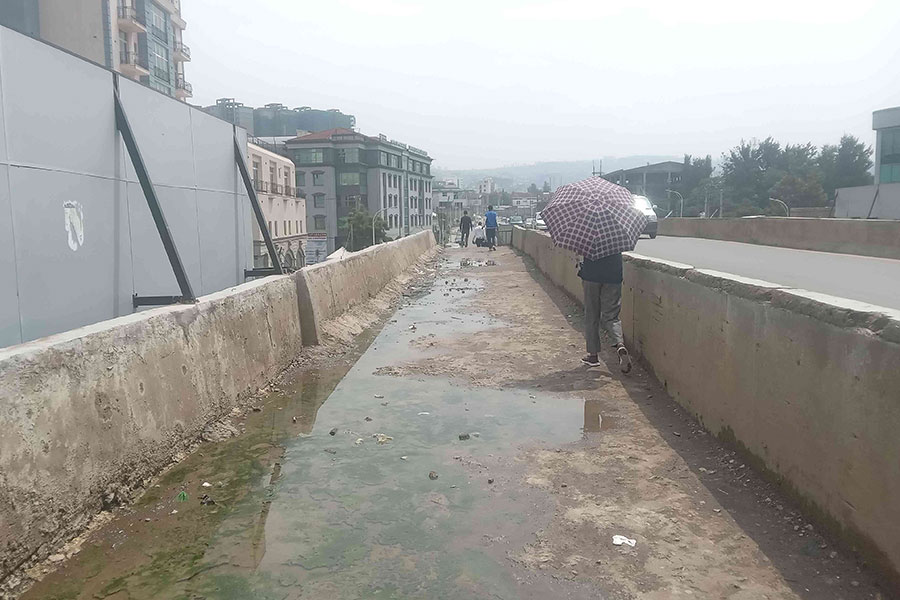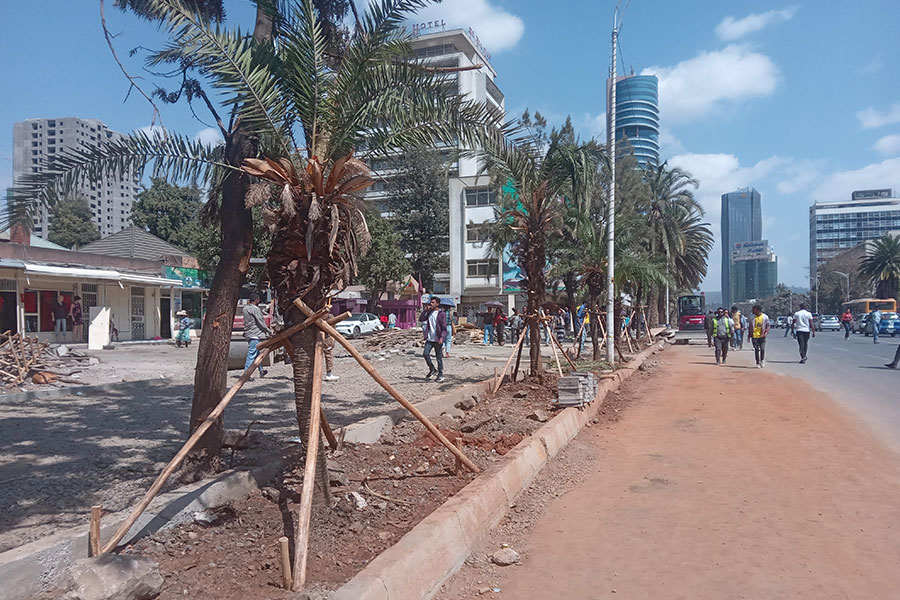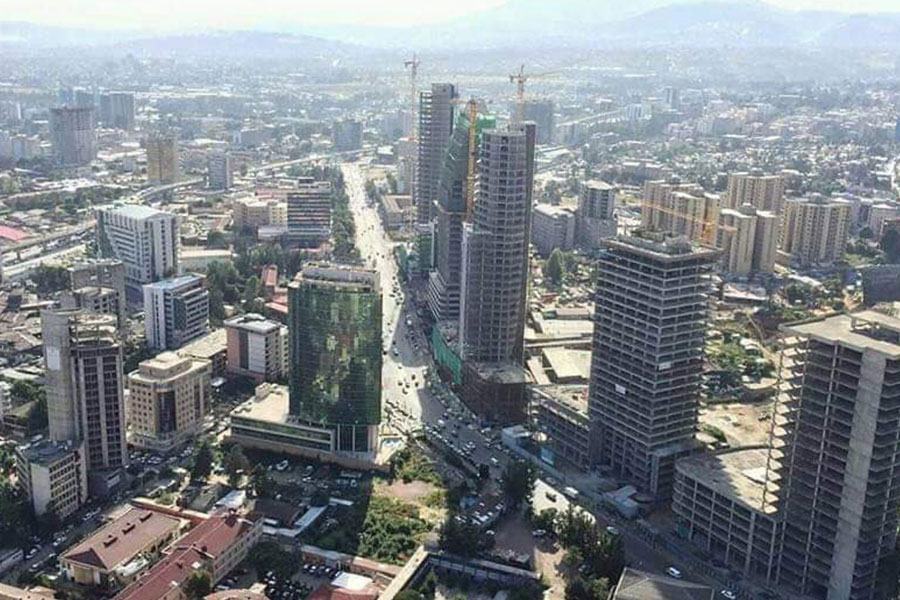
A new road was constructed in front of my house. As it came about, it also took two trees that stood in its way - a Grevilea robustaand Jacaranda mimosifolia. My plea to save them did not change anything, as they were impeding the laying of drainage lines.
It is never easy to see something that makes up our surroundings disappear. Their bright, breathtaking golden orange and pink flowers were a scene of beauty and home to birds that chirped in the morning. The loss of the streets has made the neighbourhood much less colourful and ever-crowded with urban noise pollution.
I have to instead console myself with one that still stands in my old home. It is now over 10m tall, bought as a seedling in a pot over a decade ago by my mother. It is a Dracaena, a highly leafy tree now standing gracefully as a single-stemmed piece of memorabilia of her. Another - Podocarpus falcatus- is close to two metres tall and outlandish.
Still, I am no expert on trees. All that most of us are taught about forests is that Ethiopia lost much of its forest coverage, which is now down to 12pc, according to the UN Forest & Agriculture Organisation.
My interests were sparked after meeting a dendrologist, a scientist that studies forests. I met her through a friend who wanted to plant trees at his house that are compatible with the soil and the environment. I was surprised as she listed the trees.
But Addis Abeba’s forests are less inspiring compared to the vast forests in Oromia Regional State, especially the southern part. Scenery reminiscent of the area - boasting endemic birds – rarely exists elsewhere where I have visited. No earthly, buttery word suffices to do service to the land’s exquisiteness - it was all green all around.
The beauty of the area also came with a warning of how vulnerable it is to destruction. After a year of my arrival, all of a sudden, the hills around our area were engulfed with fire. It did not stop; in fact, it never has. The forest fire plays hide and seek, all of a sudden turning up in unexpected corners.
Several methods were tried. Interesting was what the South African experts who were hired attempted – clearing surrounding trees to cut off the forest fire's spread. It sometimes worked. On one of the occasions, the fight went on for days, and a sudden rain supplemented a near futile effort. The fire stopped.
After one of the biggest fires, a team from Addis Abeba University, from the biology department, came to assess the damage. They were sad as they went through the charred scenery - the colourful trees turned into burnt wood, and the birds all fled in the wake.
Since then, I started to enjoy the unique aspects of our indigenous trees - most importantly, the vista of their unique flowers. Their economic, cultural and medicinal value is a story in itself that informs the history of our society.
The tree planting campaigns, which have been going on for at least a decade in some form, have found greater attention by the administration of Prime Minister Abiy Ahmed (PhD). It is commendable. Yet we also need to support this endeavour by raising awareness of not only why and how every tree matters. But also why everyone is different. The effort needs to be combined by diversifying away from Eucalyptus trees, an invasive species, and planting species that are original to the soil.
Fortunately, Ethiopia’s diversity has been carefully studied and documented – knowledge of what is and what was is the perfect place to start from to preserve nature. Literature such as "The Red List of Endemic Trees & Shrubs of Ethiopia & Eritrea," by Jose Luis Vivero, Ensermu Kelbessa (PhD) and Sebsebe Demissew (Prof.) are highly informative pieces on the history of threatened species. They will come in handy in our effort to rebuild our environment.
PUBLISHED ON
Feb 06,2021 [ VOL
21 , NO
1084]


Commentaries | Mar 28,2020

Fortune News | Oct 17,2020

Exclusive Interviews | Oct 15,2022


Radar | Jan 09,2024

Commentaries | Aug 22,2020

Viewpoints | Aug 12,2023

Radar | Aug 05,2023

Radar | Jul 27,2019

Agenda | Oct 16,2021

Dec 22 , 2024 . By TIZITA SHEWAFERAW
Charged with transforming colossal state-owned enterprises into modern and competitiv...

Aug 18 , 2024 . By AKSAH ITALO
Although predictable Yonas Zerihun's job in the ride-hailing service is not immune to...

Jul 28 , 2024 . By TIZITA SHEWAFERAW
Unhabitual, perhaps too many, Samuel Gebreyohannes, 38, used to occasionally enjoy a couple of beers at breakfast. However, he recently swit...

Jul 13 , 2024 . By AKSAH ITALO
Investors who rely on tractors, trucks, and field vehicles for commuting, transporting commodities, and f...

Oct 11 , 2025
Ladislas Farago, a roving Associated Press (AP) correspondent, arrived in Ethiopia in...

Oct 4 , 2025
Eyob Tekalegn (PhD) had been in the Governor's chair for only weeks when, on Septembe...

Sep 27 , 2025
Four years into an experiment with “shock therapy” in education, the national moo...

Sep 20 , 2025
Getachew Reda's return to the national stage was always going to stir attention. Once...